Think Pink!
What You Need To Know About Rosé
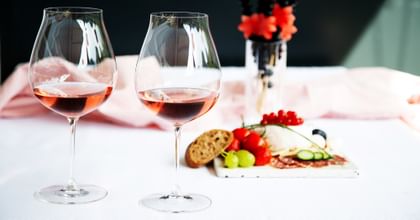
If you've ever wondered if pink wine gets its colour from pink grapes or asked yourself "is rosé a grape variety?" - then this quick read blog is for you!
What is Rosé?
Rosé is a wine style made using the juice of red wine grapes. It can be produced using almost any variety of red grapes.
Its pink hue typically comes from pressing the grape skins for a short period of time with the juice, which imparts both colour and character.
Rosé can also be made into champagne or sparkling wine.
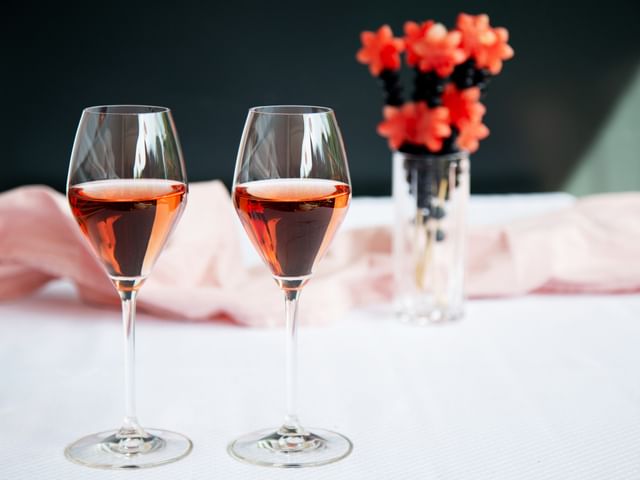
what grapes are used to make rosé?
Rosé can be made from almost any red wine grape variety.
Depending on the style and character that the winemaker wants, the wine can either be a single variety or a blend to add different complementary components, just as you would when blending a red wine. The varieties used to produce rosé changes depending on the country or region, as winemakers will use the red wine grapes that grow best in that area. For example, winemakers may use Pinot Noir in California, Shiraz in Australia, Grenache in France, or Montepulciano in Italy.
In the case of rosé champagne, producers primarily use the same three varieties as with classic champagne: Chardonnay, Pinot Noir, and Pinot Meunier. Outside of the Champagne region, producers from other regions can use any red variety as they would with still rosé.
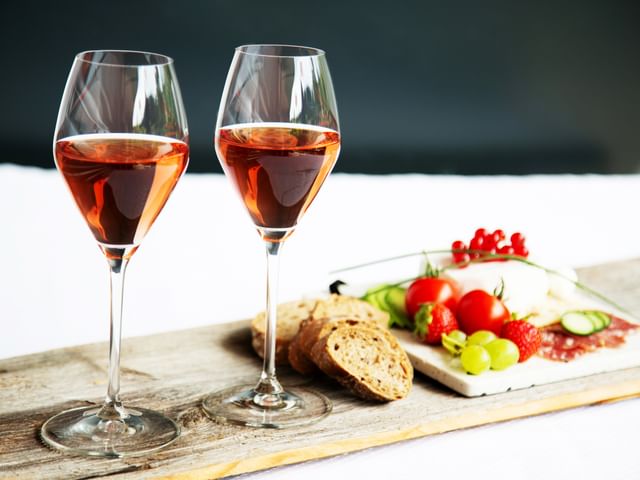
how does rosé get its color?
Wine gets its color from the grape skin as the juice is clear.
Red grape skins are included with the juice during the fermentation stage during a process called "skin contact". The longer the contact, the deeper the color. Rosé undergoes a short period of skin contact – anywhere from 2-24 hours – depending on whether the winemaker wants to achieve a deep pink or soft coral hue, what kind of grape they are using, and the style they are producing.
Grape skins also add depth to wines; it is one of the main contributors of tannin to red wines.
There are a few techniques for achieving color in rosé champagne; find out more about them below.
How is Rosé made?
There are three methods used to make rosé.
The most popular method is the one described above, called "maceration", where you press the skins with the juice before removing them and continue making the wine as you would any other. It is most commonly made as you would a fresh, aromatic white wine such as Pinot Gris: fermented in steel rather than aged with oak chips or in oak barrels.
The second method, called saignée, or bleeding, involves portioning off some juice from a red wine production, which is then taken through the next steps of winemaking to produce rosé. This method produces a richer, more in-depth rosé AND a richer red wine as it leaves a higher ratio of skins to juice. It is also sometimes used to make rosé champagne.
The final method is where you blend a small portion of red wine into a vat of white wine – just on a bit more of an advanced level than when you've joked about doing it at home! This method is not very common with still wines but is the preferred way of making rosé champagne.
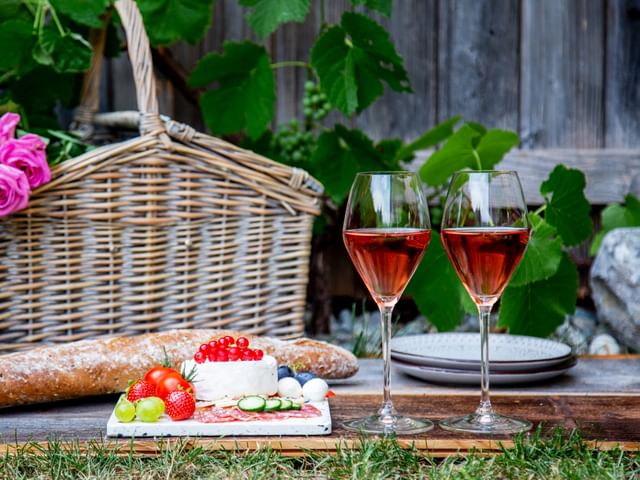
what's the typical flavor profile of rosé?
A couple of factors will influence the aromas and flavors of the rosé: the grape varieties used and how it is made.
Typical characters will include red fruits, citrus, florals, and a savoury element that grounds the wine, which could be anything from white pepper to green melon or olives.
However, as rosé can be produced from such a wide range of grapes, its characteristics can change vastly. The great thing about rosé is that there is a style to suit almost every palate: fruity, savoury, floral, or sweet.
Take a look below to see some typical styles paired with food.
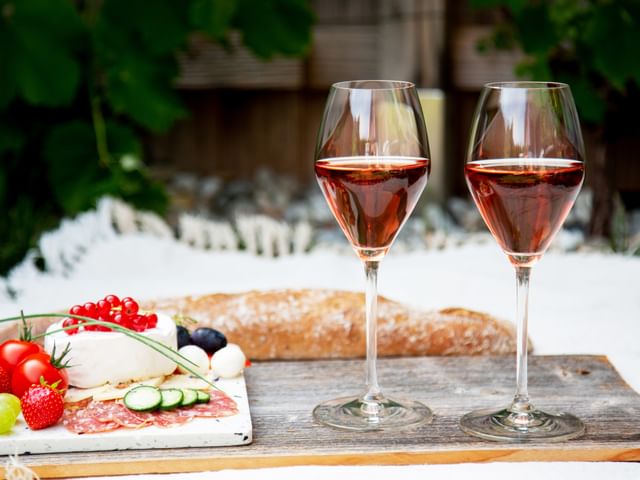
what are good food matches for rosé?
The majority of modern rosé worldwide is made in a dry style: vibrant, crisp and fresh.
Generally speaking, wines from Old World regions (predominantly Europe) are more mineral. This structured style is very well suited to chicken salads, vegetable dishes, tangy or salty cheese like goat’s cheese, and raw or grilled seafood.
Rosé from the New World regions (California or Australia) tends to be more fruit-driven. They offer richer, riper fruit from wine varieties with thicker, more tannic skins, balancing sweetness with structure. They are perfect with spicy dishes or barbequed meat, which pack a bit more punch and suit a wine with a fuller body.
How should Rosé be served?
For the most part, the style is designed to be consumed young to show off its freshness and vibrancy. Serve it at a similar temperature to aromatic whites: between 8°C - 10°C / 46°F - 50°F. This delicious temperature will perfectly suit a warm afternoon in the sun but won't be so cold to numb all the lively flavours.
Rosé's tendency to be consumed young is also why it doesn't necessarily benefit from decanting. Using a decanter is an elegant way to serve wine and will add style to any setting, but there isn't as much to gain from aerating a young rosé as from a young red. Young red wines are packed with tannins which help them age gracefully, and aerating them through decanting helps to speed this up.
When it comes to glassware, RIEDEL has a selection of glasses designed to highlight the bouquet and freshness of rosé wines. Their shape balances fresh fruitiness with high acidity, bringing out their typical red fruit and citrus characteristics.
Shop our Rosé glasses
Locations